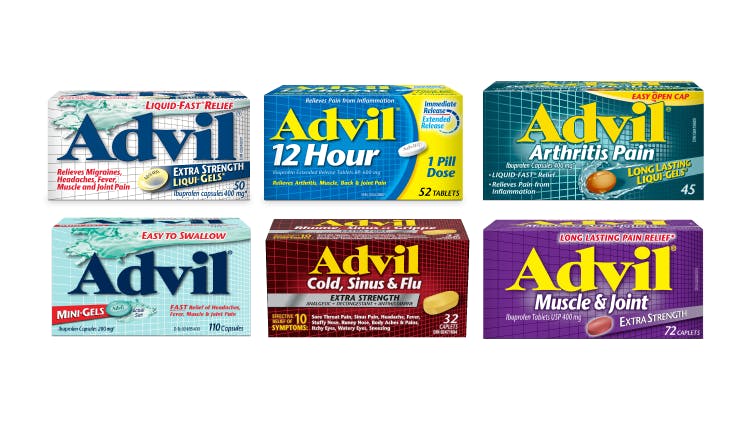Causes of fever

How does fever occur?
Fever occurs when the hypothalamus resets the normal body temperature point to a higher level. Although the body is still working to balance the heat produced with that which it releases, since the set-point is now higher, body temperature rises.1
An increase in body temperature may occur due to various reasons such as release of certain chemicals called cytokines in response to invading microorganisms, cancer cells, or any other foreign matter. It is also in response to the body producing white blood cells and antibodies to protect it from invading foreign matter.2
Common causes of fever

Infectious causes of fever
Any form of infection can cause the body to respond with a fever. These include viral and bacterial infections such as:3,4
| Viral infections |
|
| Bacterial infections |
|
The above list contains examples of viral and bacterial infections and is not all encompassing.



